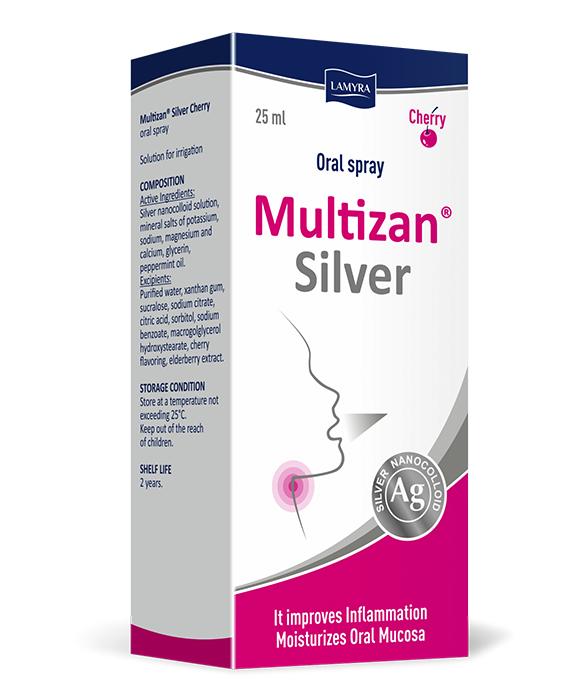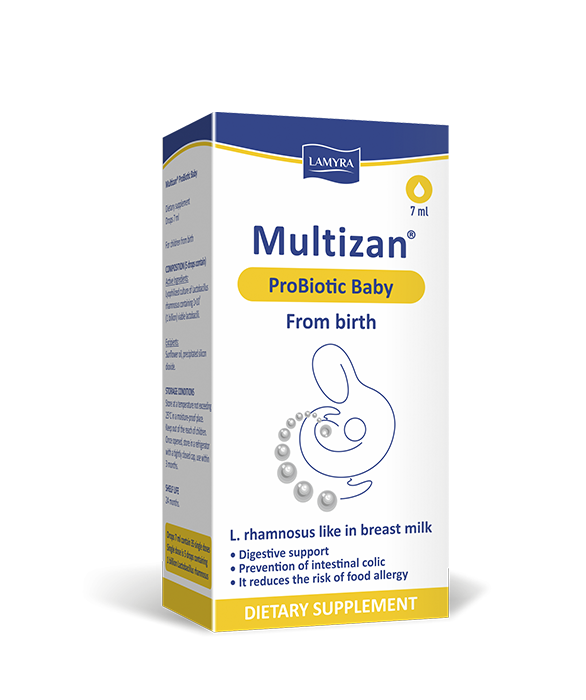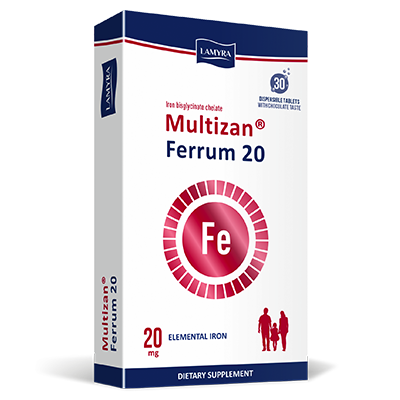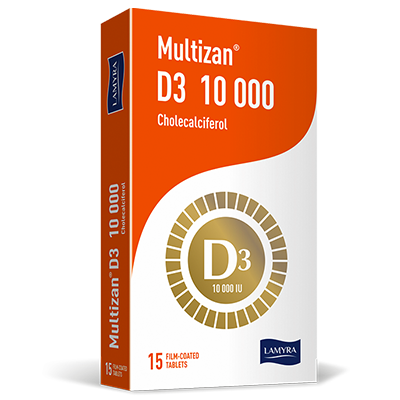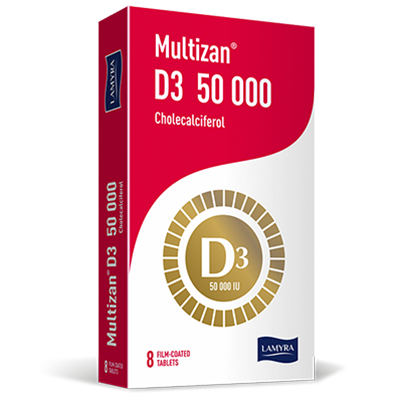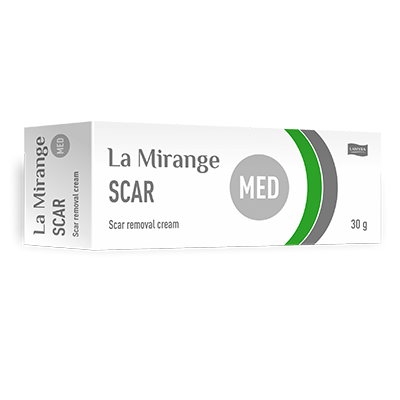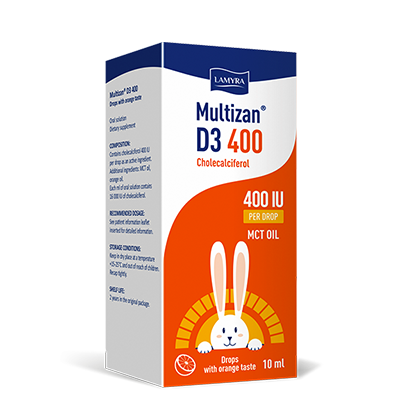One of the common causes of cervical and spinal pain is damage to the vertebral bodies, intervertebral discs and ligamentous apparatus. The prevalence of this disease is increasing. It is directly related to our modern lifestyle, low physical load, computer-related activities, regular use of electronic devices. Pathogenetic therapy of this disease focused on the mechanisms of its development is still less than effective.
Researchers are looking for new methods of solving the problem of spinal osteochondrosis. The use of methylsulfonylmethane (MSM) is one of the promising directions. This substance contributes to repairing cartilage tissue due to the natural microelement, sulfur.
Osteochondrosis primarily affects cartilaginous surfaces of the intervertebral joints and discs. When the disease progresses, vertebral bone tissue also suffers. It grows and forms osteophytes, sharp bony protrusions, thereby increasing pain and spasm in the surrounding muscles. Osteochondrosis is often confused with osteoporosis that means a decrease in bone density and the risk of developing fractures.
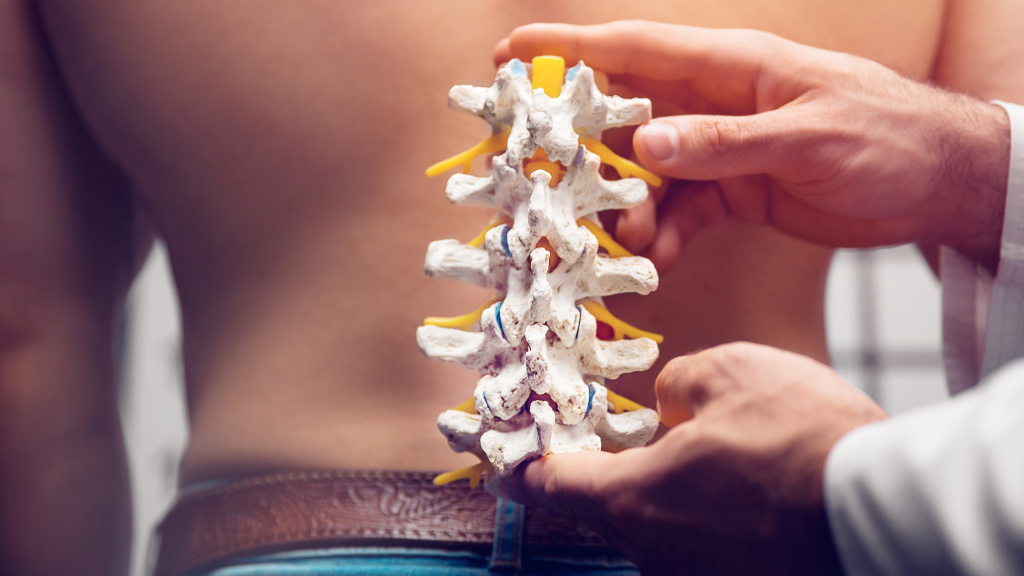
Osteochondrosis can affect different parts of the spine. Depending on its localization, there are cervical, thoracic and lumbar spinal disorders with different symptoms. However, all of them refer to one of two groups:
1. Reflexive: tone impairment, muscle spasm in the area of innervation of affected nerve roots, changes of the vascular and autonomic nervous systems in the corresponding segments, tissue dystrophy.
2. Compressive: compression of a nerve root or adjacent vessel along with the appearance of pain and impaired sensitivity in the corresponding area.
Osteochondrosis involves the following symptoms:
-
constant aching muscle pain aggravated by movement and load, including static (staying in a stationary position);
-
limb numbness and tingling;
-
reduced spinal and joint mobility;
-
muscle weakness.
People aged 40 and older who experience strong physical load (both dynamic and static) are at risk of developing the disease. There is an increased probability of this disease in obese people with hypodynamia and orthopedic disorders (flat foot, osteoarthrosis).
Treatment of osteochondrosis
Non-steroidal anti-inflammatory drugs and muscle relaxants are generally used to treat osteochondrosis, relieve pain and relax tight muscles. They stop pain syndrome quickly and effectively, but do not prevent the progression of degenerative processes in the intervertebral discs.
Chondroprotectors based on components of connective tissue, such as chondroitin sulfate or glucosamine, are used for pathogenetic therapy of the disease. It is considered that these substances penetrate into cartilage tissue and contribute to its repair. Also, chondroprotectors can slow down the destruction of cartilage and increase the formation of new chondrocytes.
The efficacy of chondroprotectors has not yet been fully proven. This is mainly due to the low bioavailability of preparations. There are no vessels in cartilage tissue. Consequently, molecules of chondroitin sulfate or glucosamine can penetrate only by diffusion from the underlying bone structures. According to the manufacturer's instruction, the bioavailability of Teraflex, for example, is 25%. This means that only a quarter of the incoming molecules of its active substance are finally integrated with cartilage tissue.
MSM derivatives do not have this disadvantage. Due to a small molecular size of the active substance, they are better able to penetrate from bone tissue into cartilage. Moreover, methylsulfonylmethane creates a substrate for the formation of its own cartilage tissue, eliminates sulfur and magnesium deficiency. These microelements help repair cartilage and suppress muscle hypertonia.
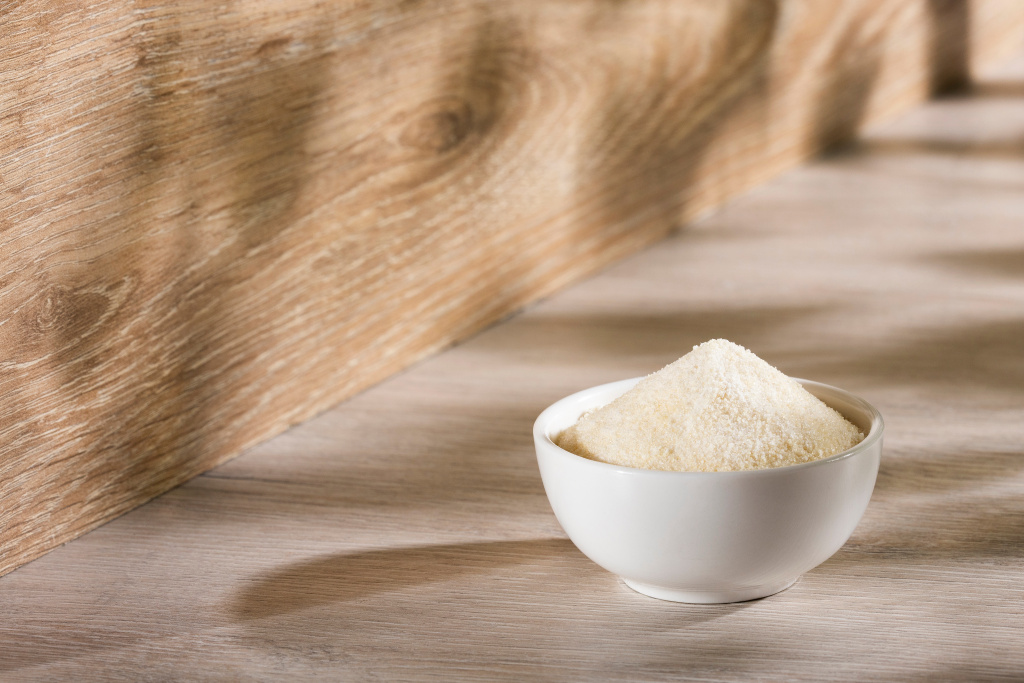
MSM preparations have been used in practice since the late 20th century. Positive results were shown at that time. Therefore, these substances were used to restore joint mobility and eliminate pain syndrome. The same effects have been observed in the treatment of spinal osteochondrosis.
Mechanism of action of MSM supplements:
-
MSM is a source of sulfur which is an essential element of healthy cartilage tissue. In case of osteochondrosis, the content of this microelement is dropped by a third. Sulfur participates in the formation of chondroitin sulfate and glucosamine sulfate. They are the main components of cartilage, lie at the core of the intercellular matrix, a strong elastic structure, which connects cartilaginous cells into a whole. A lack of sulfur causes the breakdown of intercellular bonds, moreover, the cartilage becomes loose and may be damaged more easily.
-
The second important mechanism of action of MSM is anti-inflammatory and immunomodulatory. It is provided by suppressing the production of pro-inflammatory substances such as interleukin-1 and -6, tumor necrosis factor, nuclear factor‐kappa B (NF-kB) and etc. Consequently, there is a reduction in the attraction of inflammatory cells to the site of damage, tissue swelling and pain caused by the release of toxic substances from degenerative cells.
-
MSM has an antioxidative action, inhibits the production of free radicals, helps stop the breakdown of cell membranes.
Multizan® Active Muscle has an important advantage through its combination with magnesium. The composition of this dietary supplement includes its active form, bisglycinate. This provides the maximum absorption of magnesium from the intestine into the blood and does not cause diarrhea as a side effect. Magnesium normalizes tight muscle tone, thereby enhancing MSM’s analgesic effect.
Multizan® Active Bone contains collagen and glucosamine that contributes to long-term cartilaginous repair.
Due to the optimal content of sulfur and magnesium, components of connective tissue, Multizan® Active Bone and Multizan® Active Muscle are the effective preparations in the pharmacological treatment of spinal osteochondrosis.
MSM use in osteochondrosis
The course intake of MSM supplements is recommended as per schedule which consists of two stages:
-
Multizan® Active Muscle for rapid relief of spinal and neck pain, supplementation of cartilage tissue with nutrients;
-
Multizan® Active Bone for strengthening the effect and repairing the intervertebral discs and joints.
The effect of taking a course of treatment lasts from 1 to 3 months. According to the FDA data, MSM is considered to be safe for long-term use at a dose of 4 grams per day. This means that this dose does not cause any significant side effects. Multizan® Active Muscle and Multizan® Active Bone contain 1,5 grams of MSM which is a sufficient therapeutic dosage. The combination of MSM with other chondroprotectors (glucosamine and collagen) leads to an increased bioavailability of each ingredient and improved cartilage nutrition. Its analgesic and anti-inflammatory effect is also potentiated (increased).
Multizan® Active Muscle and Multizan® Active Bone are made of highly purified substances. The manufacturer guarantees a stable high concentration of the active substance. The standardized composition of these dietary supplements ensures the same efficiency and quality for each batch.

